The decline of Europe Western sanctions backfire
China is observing the wars in Eastern Europe and the Middle East. Why intervene? Its economy and high-tech sectors continue to grow against the backdrop of weakening superpowers preoccupied with their own conflicts. Even the United States cannot secure raw materials and markets for its industry amid intensifying competition and fragmentation of the global economy. Europeans block American cars from their markets, while the Chinese cut supplies of rare earth metals. The situation is even worse for the EU — its members are already openly threatening each other. And even some of Russia’s economic achievements are more of a side effect of Western sanctions than a result of its own policies. Under these circumstances, Beijing prefers not to interfere in the "former powers'" quarrels.
The West has torn apart the economic foundation of its global dominance
According to the updated forecast by the main economic organization of the collective West — the OECD — the prospects for the global economy have worsened. Its growth forecast for this year has been lowered to 2.9% from the 3.1% predicted in March. This is largely due to Trump’s tariff war.
By the way, this will not benefit the United States itself — its economy is expected to grow by only 1.6% this year, which is much lower than last year’s 2.8%. Against this background, it is interesting that the OECD expects the growth of the US rival — China — to be 4.7% this year (the March estimate was 4.8%). And this is despite the fact that the Chinese economy grew by 5% last year.
Things are particularly bleak in the “eurozone,” where experts maintain their growth forecast at 1%. Last year was also not great, with growth at 0.7%. Interestingly, Russia’s growth figures and forecasts are practically the same as those of the EU. As has long been noted, Europe and Russia “fall” together when their relations break down, yielding ground to global competitors. After two world wars, they lost ground to the US; now they are losing it to China.
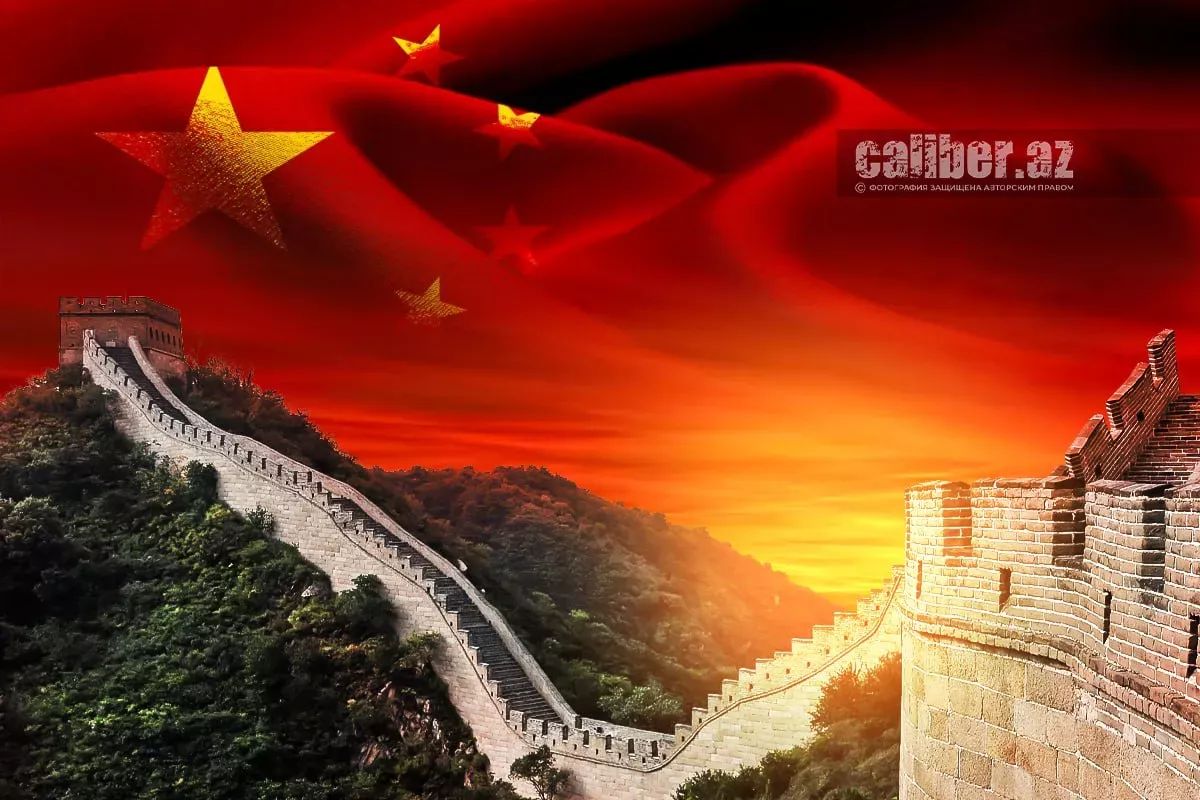
The West is essentially digging the grave of its own power. Last week, the Federal Reserve assessed the economic consequences of the increasing geo-economic fragmentation of the world. By measuring the “political distance” between countries based on votes in the UN General Assembly, experts from the US Federal Reserve System analysed bilateral trade, investment flows, and economic policies (sanctions, tariffs, export restrictions, etc.) over the past twenty years.
It turned out that since 2016, trade between politically close countries has grown by 12%, while trade between antagonists has decreased by 4–6%. The number of “hostile” measures such as export restrictions or tariffs between antagonists has doubled in the last five years. Investment flows have reacted more slowly, but the US and China are noticeably reducing the share of mutual investments, including through pension and sovereign funds.
There are two nuances in all of this. First, the main problem is not just the decline in trade, but that these trends contribute to military confrontation.
Secondly, if this scenario unfolds, the majority of the world will not side with the West, but with China. China, in turn, continues its rise to become the global economic leader. Earlier this month, the Board of Governors of the US Federal Reserve published a study commissioned by them titled "Is China Really Growing at 5 Percent?". Doubts about the accuracy of Chinese statistics have long existed. Economists associated with the Federal Reserve developed an alternative method for estimating China’s GDP based on business cycles, production, retail sales, real estate, and imports. The result was surprising: the official Chinese figures are not overstated. Washington understands it is dealing with a very serious counterpart.
Time is running against the US
In this context, it is interesting to look at the preliminary results of the trade conflict between China and the US. In April, President Trump began imposing excessive tariffs on China. The Chinese responded, among other measures, by tightening export controls on their rare earth metals. These are critically important for the energy, defence, and electronics industries: 70% of the world’s rare earth metals are mined in China, and its share of global markets reaches 90%. As a result, in May, the Americans had to forego outright victory and instead negotiate a preliminary deal with China in Geneva.
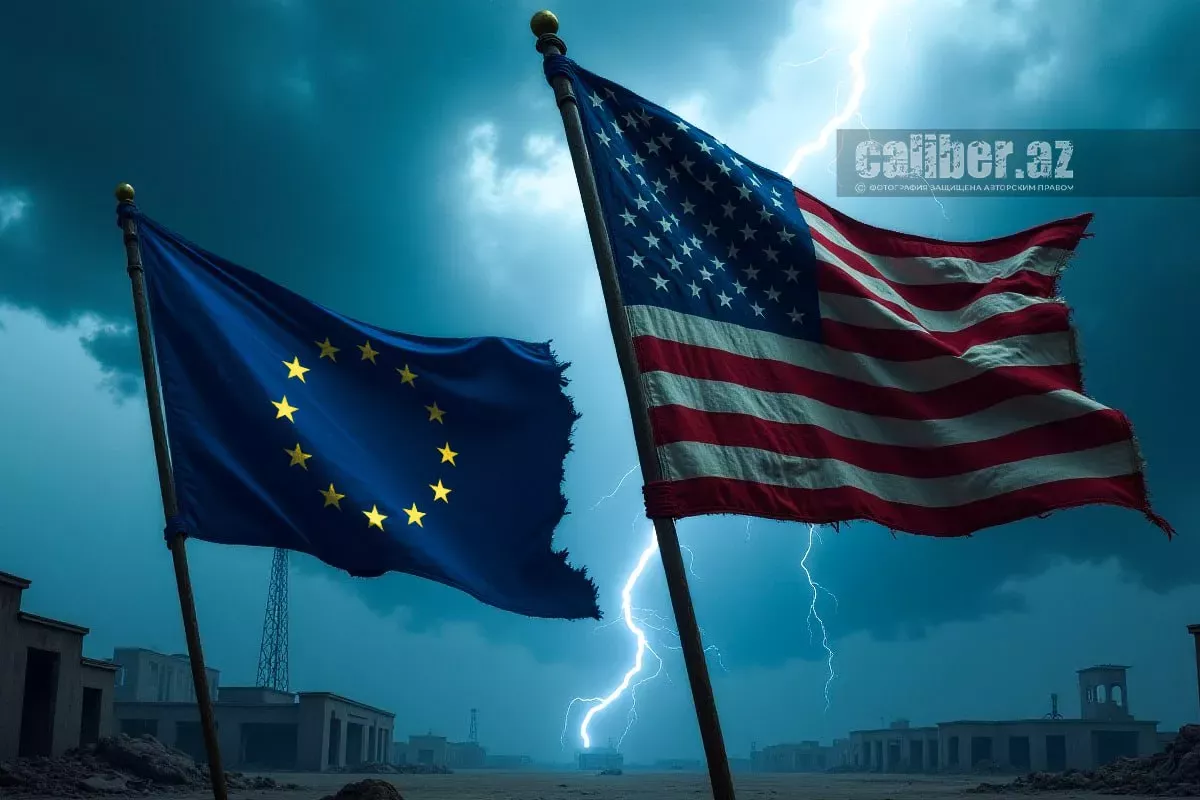
But it did not resolve the issues, and at the end of May, Washington suspended the supply of aircraft engine components to the Chinese aircraft manufacturer Commercial Aircraft Corp of China, which produces the medium-haul C919 airplanes equipped with American engines. This was extremely frustrating for Beijing, which is trying to make these planes an affordable alternative to Airbus A320s and Boeing 737s. At the same time, the US demanded that all countries stop using Ascend chips produced by China’s Huawei.
However, there is one important aspect. Given China’s rapid technological development and the lack of serious alternatives to Chinese rare earths for the US in the near future, sooner or later China will be able to replace American engines (its own development has long been underway), whereas the Americans objectively cannot quickly replace Chinese rare earths. Moreover, China’s dependence on the aforementioned American products is not critical, while a halt of rare earth exports from China to the US would devastate the American weapons and automotive industries. Beijing has already pressed this weak spot of the global hegemon. And a couple of weeks ago, The Wall Street Journal reported that the four largest US automakers are urgently seeking alternatives to Chinese rare earth magnets to avoid production stoppages. If the problem cannot be solved, these companies are even considering moving some production to China, which would undermine Trump’s plans to “bring production back” to the US.
The latest US-China negotiations last week in London showed that each side has its cards to play. On the global chessboard, they can put each other in check, but not checkmate — for now. The Americans have already indicated they are ready to allow exports again of software for chip design, jet engine parts, chemicals, and nuclear materials in exchange for China easing restrictions on rare earth metal supplies.
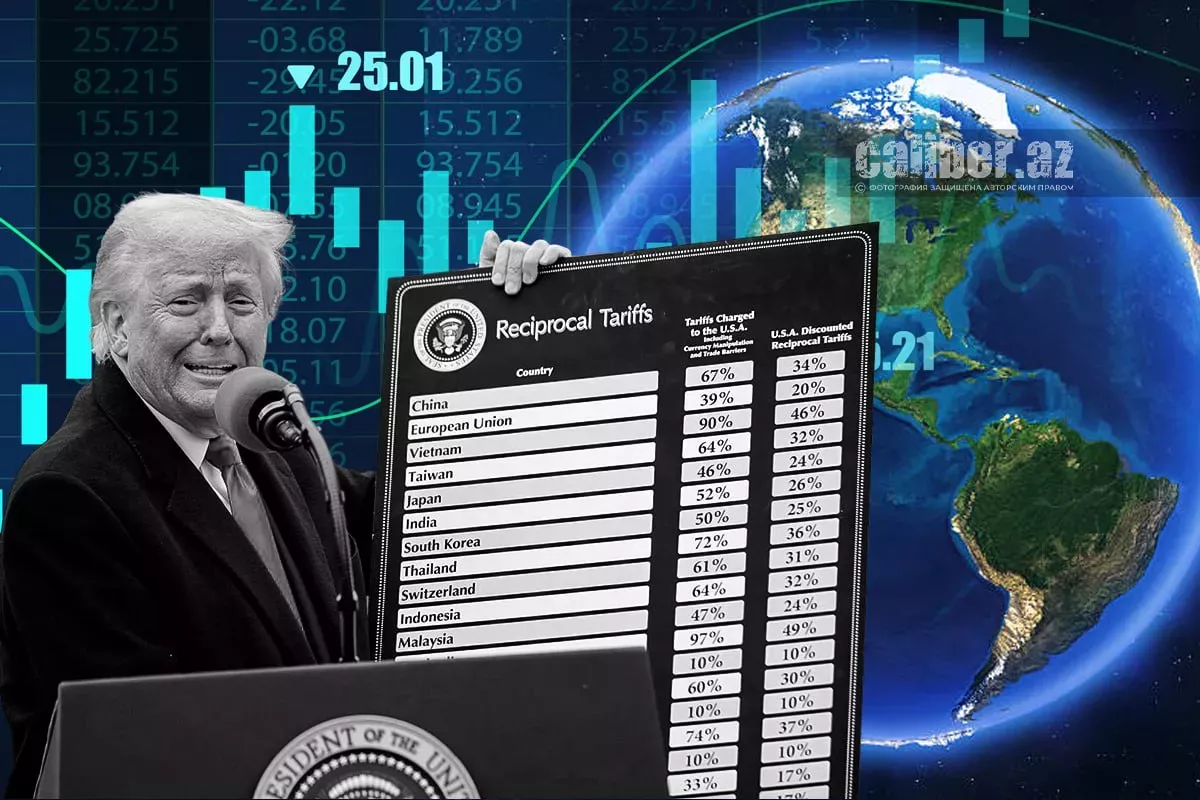
But the Chinese no longer trust Washington and are in no rush to lift restrictions on the export of rare earth metals to the US. Following the negotiations in London, China agreed only to suspend restrictions on rare earth exports to the United States for six months. This move was a pointed rebuke to President Trump, who had confidently declared on the eve of the talks that “China will provide metals and any necessary rare earth metals,” for which he — magnanimously — agreed to limit tariffs on Chinese goods to 55% and once again allowed Chinese students to study science and engineering in the US.
A clash between economic foundations and the EU’s geopolitical ambitions
However, the problems faced by the United States pale in comparison to the situation in Europe. The EU’s economic woes go far beyond bankruptcies caused by the disappearance of cheap resources and the relocation of industries across the ocean. The very concept of a unified European space — the cornerstone of European integration — is starting to unravel. In recent days, nearly half of EU member states have officially notified Brussels of the reintroduction of border controls.
While China confidently negotiates trade terms with the US, the European Union remains bogged down in talks — and Trump has simply declared a full-scale trade war against it. On top of that, the bloc has suffered a major external economic setback: it has failed to finalise a trade agreement with the largest South American integration bloc, MERCOSUR. Eurocrats, led by Ursula von der Leyen, tried to push through this controversial deal, but it turned out that if implemented, the influx of cheap agricultural imports from Latin America would deal a crushing blow to European farmers.
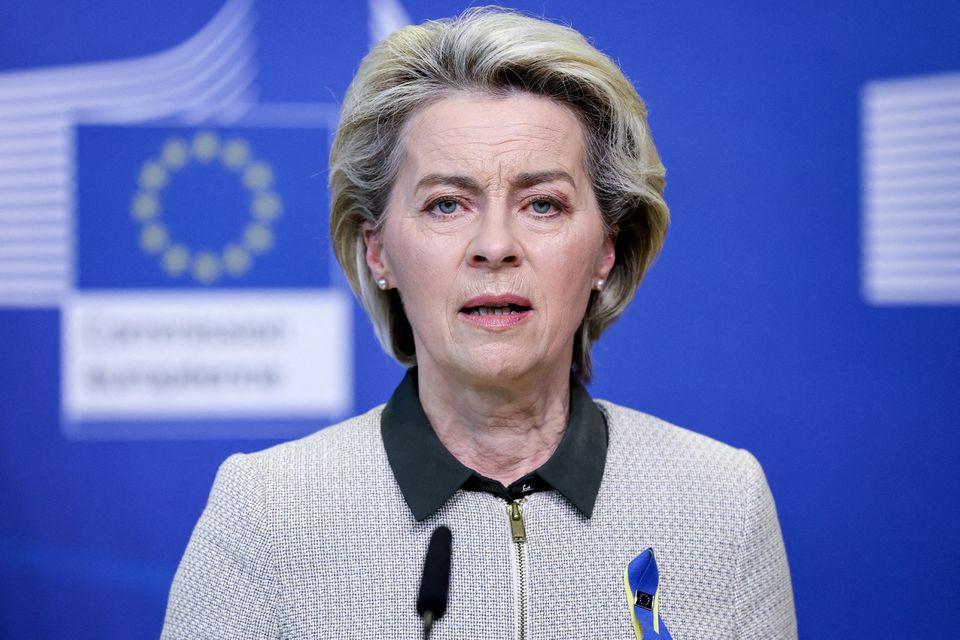
Against this backdrop, it is hardly surprising that the newer Eastern European countries are being dragged into the European economic space virtually by the scruff of the neck. After the European Commission approved the introduction of the euro in Bulgaria starting next January, the decision sparked mass protests across the country. The majority of Bulgarian citizens oppose the adoption of the euro, convinced it will lead to financial manipulation and price hikes (as happened in other countries). Unlike the "white" Western European states, the "black" Eastern European EU members are not allowed to retain their national currencies. Bulgarian President Rumen Radev even called for a national referendum on keeping the national currency. However, the liberal-controlled Constitutional Court declared the call to consult the public “illegal.”
Economic conflicts within the EU are increasingly being aired in public. Earlier this month, Slovak Prime Minister Robert Fico warned that he would block the adoption of EU sanctions against Russia if they resulted in the closure of Slovak nuclear power plants, which depend on Russian fuel. Hungarian Prime Minister Viktor Orbán, in an interview with French television, remarked: “We need to stop thinking about Putin and start thinking about ourselves… Anti-Russian sanctions are destroying Hungary. I believe they are destroying all of Europe.”
Interestingly, both leaders made these remarks shortly after German Chancellor Friedrich Merz openly threatened Slovakia on 26 May, warning that it would be cut off from EU funding if it continued to deviate from the official line. Hungary has already been partially stripped of its funding. Germany’s leadership no longer hides its ambition to dominate Eastern Europe.
There’s nothing left to sanction
The West has failed to “tear Russia’s economy to shreds,” despite great efforts to do so. Washington’s refusal to introduce new sanctions against Russia can be interpreted not only as an act of goodwill on Trump’s part. The reality is that the United States has virtually run out of effective sanctions to impose. What remains are either categories where the damage to the US would far outweigh that to Russia, or sanctions that are practically unenforceable — and attempts to implement them would only further stimulate the growth of a vast shadow economy. This, in turn, would help America's opponents build an alternative economic bloc.
Sanctions have already been applied so extensively that bilateral trade between Russia and the US has dropped to its lowest level since the collapse of the Soviet Union — even in nominal terms. According to Russian customs data, trade between the two countries amounted to just $3.5 billion in 2024. It is no surprise, then, that Trump did not include Russia in the list of countries targeted by his extreme tariffs.
The sanctions that have been imposed are indeed having an effect — just not the one the West hoped for. They have effectively closed off easy channels for large-scale capital outflows from Russia, which had been occurring since the late 1980s. Countless schemes that allowed Russian elites to build corrupt financial networks using Western banks and jurisdictions have also vanished. The ruling elite and financial-economic oligarchy in Russia remain unchanged, but they’ve suddenly found that even stolen money now largely has to stay and circulate within the country.
Even the Russian government has found itself with more funds. Just a month ago, it was revealed that Russia’s external debt had dropped to a historic low. Interestingly, its peak — $732 billion — came on a symbolic date in great power relations: 1 July 2014. After that, the West began imposing sweeping sanctions en masse, which became a favourite foreign policy tool among Western politicians, despite empirical studies warning of unintended consequences from such indiscriminate, large-scale measures.
The result: Russia’s external debt has now fallen to $290 billion. Taking into account the dollar’s devaluation, one could argue that for the first time in its history, Russia effectively has no external debt at all. Ironically, the West itself deserves the credit for this, having severed one of its key levers of influence over Moscow.
Yes, Russia’s domestic debt has grown — last year, its public debt rose by 13.5%, reaching 29.041 trillion rubles. But that is domestic, not external debt — and the difference is significant. Moreover, even with this increase, Russia’s public debt amounts to just 14.5% of GDP. By contrast, in nearly every Western country, public debt far exceeds GDP — in some cases, by several times.
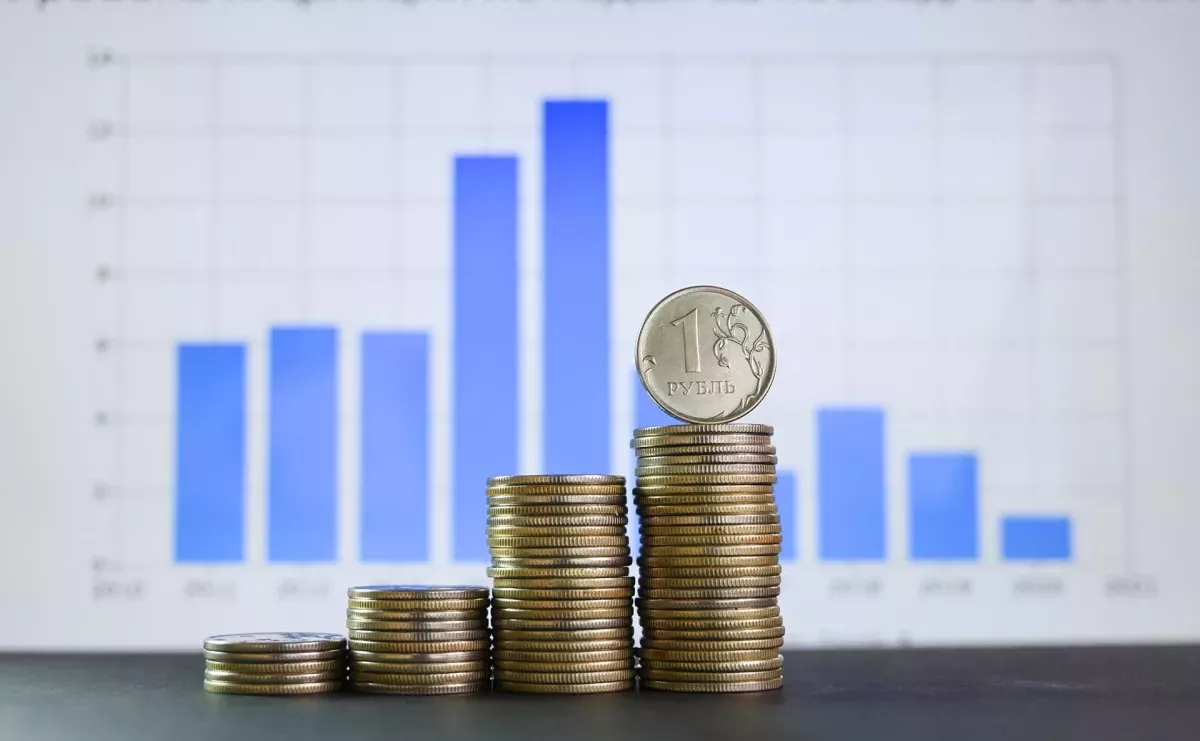
Just recently, economists at Bank of America noted that the Russian ruble has become “the best-performing currency” of the year — despite the war, sanctions, and falling oil prices, it has appreciated by more than 40%. But this interpretation needs a correction. In fact, this is a predictable consequence of the sanctions: they halted capital flight and restricted corruption schemes involving Western countries. These developments have benefited a potentially self-sufficient economy that is also moving closer to other major nations facing Western pressure.
Interestingly, prominent Russian liberals — who have spent their entire careers building a peripheral economic model tied to the West — are now calling for a return to the ruble’s weaker status. Sberbank head German Gref has stated that the dollar should be worth “100-plus,” rather than under 80 as it is now. VTB head Andrey Kostin echoed this sentiment, saying the ruble should be “steered back” to 90+ per dollar, and that the current exchange rate is “harmful” to the economy.
They are joined by representatives of industries like ferrous metallurgy, whose business models relied on exporting minimally processed goods at low prices — made possible by the cheap production costs in Russia. Now, instead of seeking new markets or improving efficiency and value-added production, these industries complain about “logistical and infrastructure barriers.”
The quality of Western — and especially American — leadership in recent decades has brought us to entirely predictable outcomes in the real economy. On the one hand, adherence to ideological dogma and unrealistic geopolitical ambitions in the style of “the winner of the Cold War takes it all” led the West to impose unprecedented sanctions and bans that effectively ruptured the global economy — an economy it had originally built to serve its own interests.
As a result of this reckless approach, dogmatism, and geopolitical opportunism, the global economy and international relations have spun out of control. This has led not only to the West’s loss of technological and industrial dominance, but also to war and an inability to manage even global threats like the pandemic.
Moreover, by distancing themselves from the masses — liberals considered themselves the “pinnacle of creation” in politics, having trampled nearly all serious alternatives on the left, right, and even the centre — Western elites (and their non-Western imitators) have, in recent decades, established minority governments in most countries.
In such an elite “closed circle,” the same types of figures have occupied the top positions for decades — either individuals with a clear trail of corruption or party appointees who are evidently unfit for office due to poor health or lack of qualifications. Ursula von der Leyen and Joe Biden are vivid examples of this trend. Yet everything has appeared perfectly fine in terms of the supposed representation of minorities.
But the real global economy has responded — and the commanding heights are now being taken by an entirely different kind of state, one where these rules do not apply. Instead of expressing surprise, it’s time to think about how to make the new global economic model more inclusive for everyone. Especially since, under the fading “Western” model, the South Caucasus has not been given the place it deserves.








